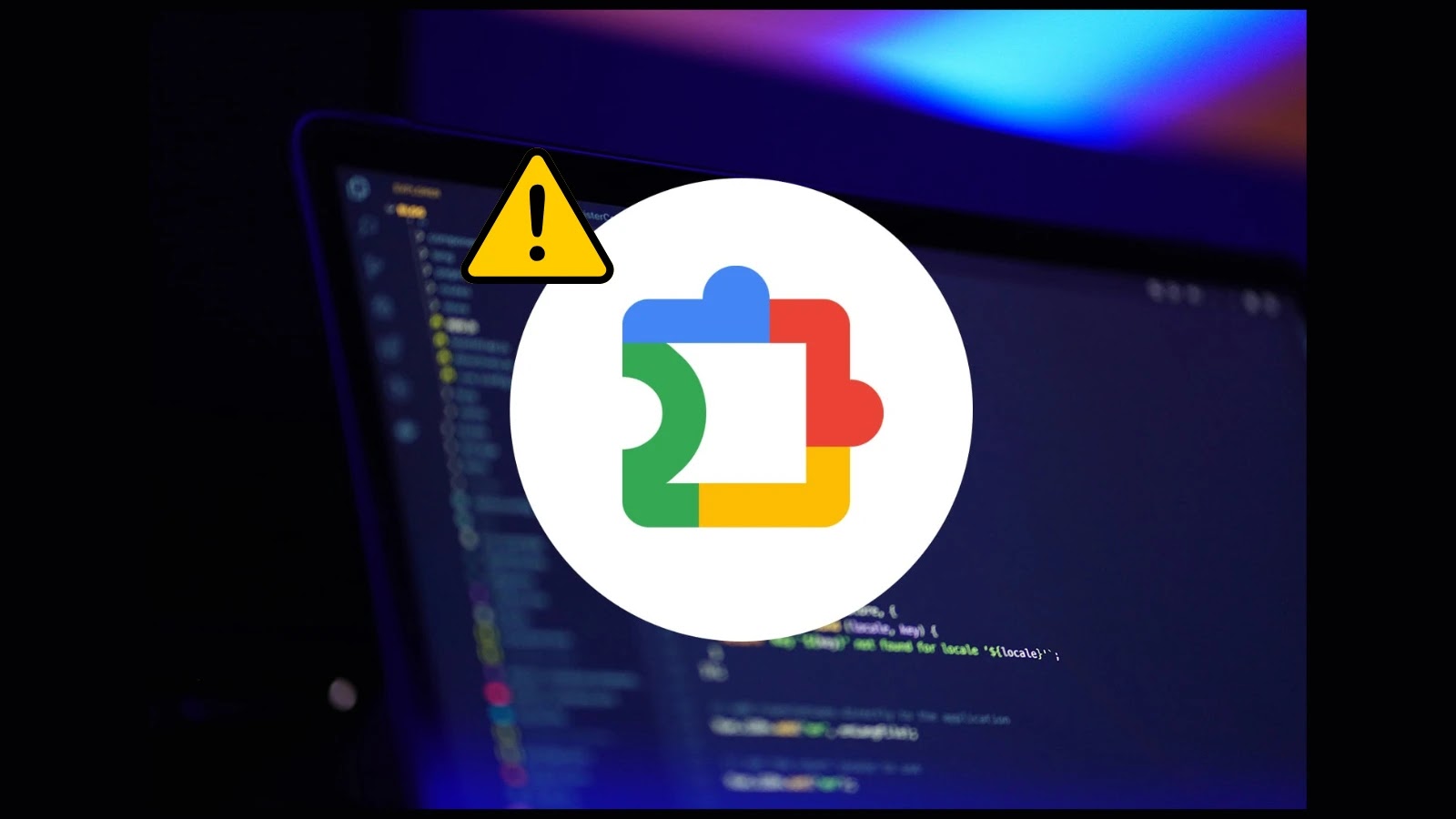
Hackers Can Compromise Chromium Browsers in Windows by Loading Arbitrary Extensions
In the intricate landscape of cybersecurity, a newly identified vulnerability presents a significant concern for users of Chromium-based browsers on Windows. Recent findings by Synacktiv reveal a method allowing attackers to load arbitrary extensions without user consent, directly compromising popular browsers like Chrome, Edge, and Brave. This exposure bypasses standard security measures, posing a substantial risk to data integrity and user privacy. Understanding this mechanism is crucial for both security professionals and everyday users.
The Mechanism of Compromise: Altering Preference Files
Chromium-based browsers manage installed extensions through JSON preference files. These critical configuration files are typically located under specific paths within a Windows environment:
%AppData%\Google\User Data\Default\Preferencesfor systems joined to a domain.%AppData%\Google\User Data\Default\Secure Preferencesfor standalone machines.
Synacktiv’s research meticulously demonstrates that by directly manipulating these JSON files, an attacker can force the browser to load any extension they desire. This manipulation circumvents the typical installation process, which usually requires interaction with the Chrome Web Store and explicit user approval. The implication is profound: an attacker with the ability to modify these local files gains an unprecedented level of control over the browser’s functionality and, by extension, the user’s online activities.
Impact and Potential Threats
The ability to load arbitrary extensions without user consent or interaction has far-reaching consequences:
- Data Exfiltration: Malicious extensions can be designed to capture sensitive information, including credentials, browsing history, and personal data.
- Malvertising and Redirection: Attackers can inject unwanted advertisements, redirect users to phishing sites, or control search results, leading to further compromise.
- Persistent Access: Once an extension is loaded, it can maintain persistence, allowing attackers to continually monitor or modify browser behavior until detected and removed.
- Bypassing Security Controls: This method bypasses the protective layers of the Chrome Web Store, which is designed to vet and approve extensions before they reach users.
While the initial report doesn’t assign a specific CVE number, the vulnerability underscores a significant gap in how Chromium browsers validate and load extensions from local sources.
Remediation Actions for Users and Administrators
Mitigating this vulnerability requires a multi-faceted approach, combining proactive security practices with diligent monitoring:
- Implement Principle of Least Privilege: Ensure that user accounts operate with the minimum necessary permissions. Restricting write access to the
%AppData%directory can significantly hinder an attacker’s ability to modify browser preference files. - Regularly Scan for Malware: Employ robust endpoint detection and response (EDR) solutions and antivirus software. These tools can detect suspicious file modifications and unknown processes attempting to alter browser configurations.
- Monitor File Integrity: Utilize file integrity monitoring (FIM) tools to track changes to critical browser preference files. Alerting on modifications to
PreferencesorSecure Preferencescan provide early warning of an attack. - Educate Users: While this attack bypasses user interaction for extension loading, general security awareness training remains vital. Users should be wary of suspicious links and downloads that could lead to local system compromise.
- Keep Browsers Updated: Although this specific vulnerability isn’t patched by a typical browser update, keeping all software, especially operating systems and browsers, updated ensures protection against other known exploits that attackers might use to gain initial access.
Tools for Detection and Mitigation
Leveraging the right tools is essential for safeguarding against such compromises. The following table lists relevant solutions for detecting and mitigating threats related to file integrity and malware:
| Tool Name | Purpose | Link |
|---|---|---|
| Osquery | Advanced endpoint visibility and threat detection through SQL-like queries of OS data, including file changes. | https://osquery.io/ |
| Sysinternals Process Monitor | Real-time file system, Registry, and process/thread activity monitoring. Useful for observing changes to preference files. | https://learn.microsoft.com/en-us/sysinternals/downloads/procmon |
| Carbon Black Cloud (VMware) | Endpoint detection and response (EDR) for advanced threat prevention, detection, and response. | https://www.vmware.com/security/carbon-black.html |
| CrowdStrike Falcon Insight | Cloud-native EDR for comprehensive endpoint visibility, threat detection, and automated response. | https://www.crowdstrike.com/products/endpoint-security/falcon-insight-edr/ |
| Tripwire Enterprise | File integrity monitoring (FIM) and security configuration management for continuous compliance and threat detection. | https://www.tripwire.com/products/tripwire-enterprise |
Conclusion
The discovery that threat actors can compromise Chromium browsers on Windows by manipulating preference files to load arbitrary extensions underscores a critical vulnerability in the browser security model. This method bypasses customary safeguards, enabling attackers to install malicious code with significant implications for data security and privacy. Organizations and individual users must implement robust endpoint security, practice rigorous file integrity monitoring, and maintain strict access controls to mitigate this risk. Vigilance and proactive security hygiene are paramount in defending against such sophisticated attack vectors.





